I’m on a roll this weekend! Found this tutorial from Craft Buds and really wanted to make one. I had some leftover canvas from the chair I re-covered and enough leftover linen from a top to make a tote!
The tutorial was easy to follow and I ended up adding a pocket (with another cute little pocket on top of it) and an interior zipper. My measurements were different, I had enough fabric to add a few inches to the width, so mine is larger on the horizontal.
Since the interior fabric was linen, I added 3 inches of the canvas to the top of the liner so it would be a little sturdier. Linen tends to stretch and I didn’t want it all wonky at the top. Plus, I like how it looks. All I had to do was sew a few inches of canvas to the top of my linen pieces before measuring and cutting the interior.
I was thisclose to adding an exterior pocket or zipper but now I’m kind of glad I kept it simple on the outside. My favorite part of this was using up leftover fabric that I had no idea what to do with. Especially the linen since it was kind of pricey to begin with.
Sewing up the sides and bottom was a little tricky – had to make sure I grabbed the lining with the exterior fabric as it’s sewn. The overall effect is a sturdy little constructed tote. We’re heading to Mexico in less than two weeks (YAY) and I think bag this will come along for the ride.
See the zipper on the opposite side of the pockets? I couldn’t place it in the linen because it would eventually rip out, so I stuck it in the canvas part. I was nervous because I had ZERO extra canvas if I messed this up and I’m not very familiar with zipper construction. It’s a 14″ zipper so I love the length and how deep I could make it. The pocket itself is nestled between the exterior and interior fabrics and lined in white cotton.
The linen pocket. I love it for some reason. I added some canvas to the top and it’s double thick. I’m hoping this will make it stronger and less likely to stretch out all over the place. I don’t know what the baby pocket can be used for but I like how it looks!



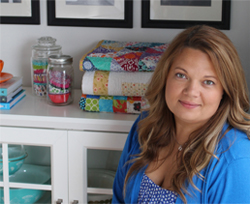
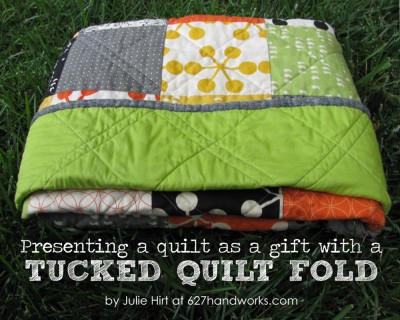
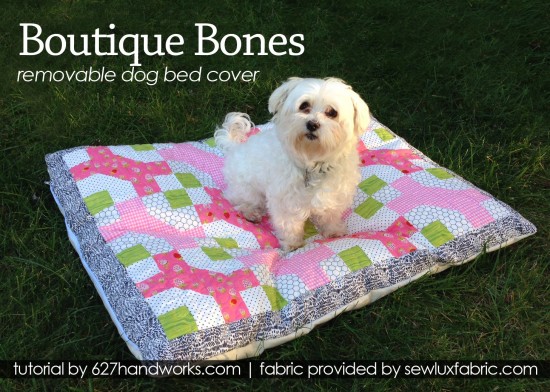
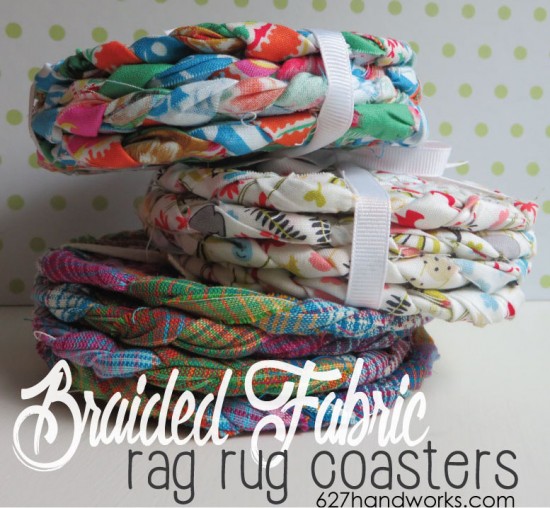
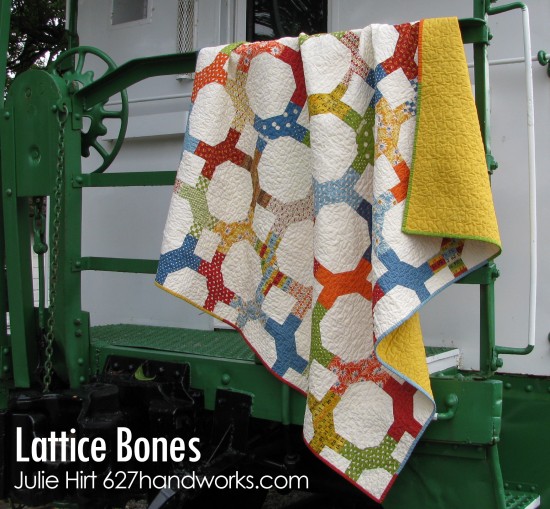
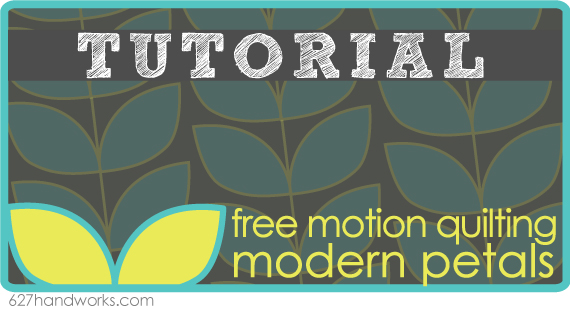
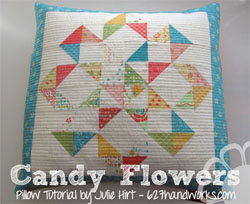
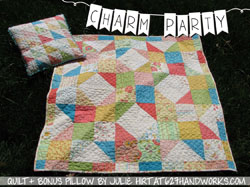
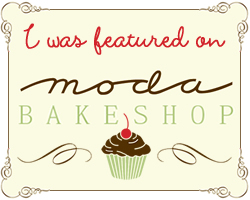




































Connect